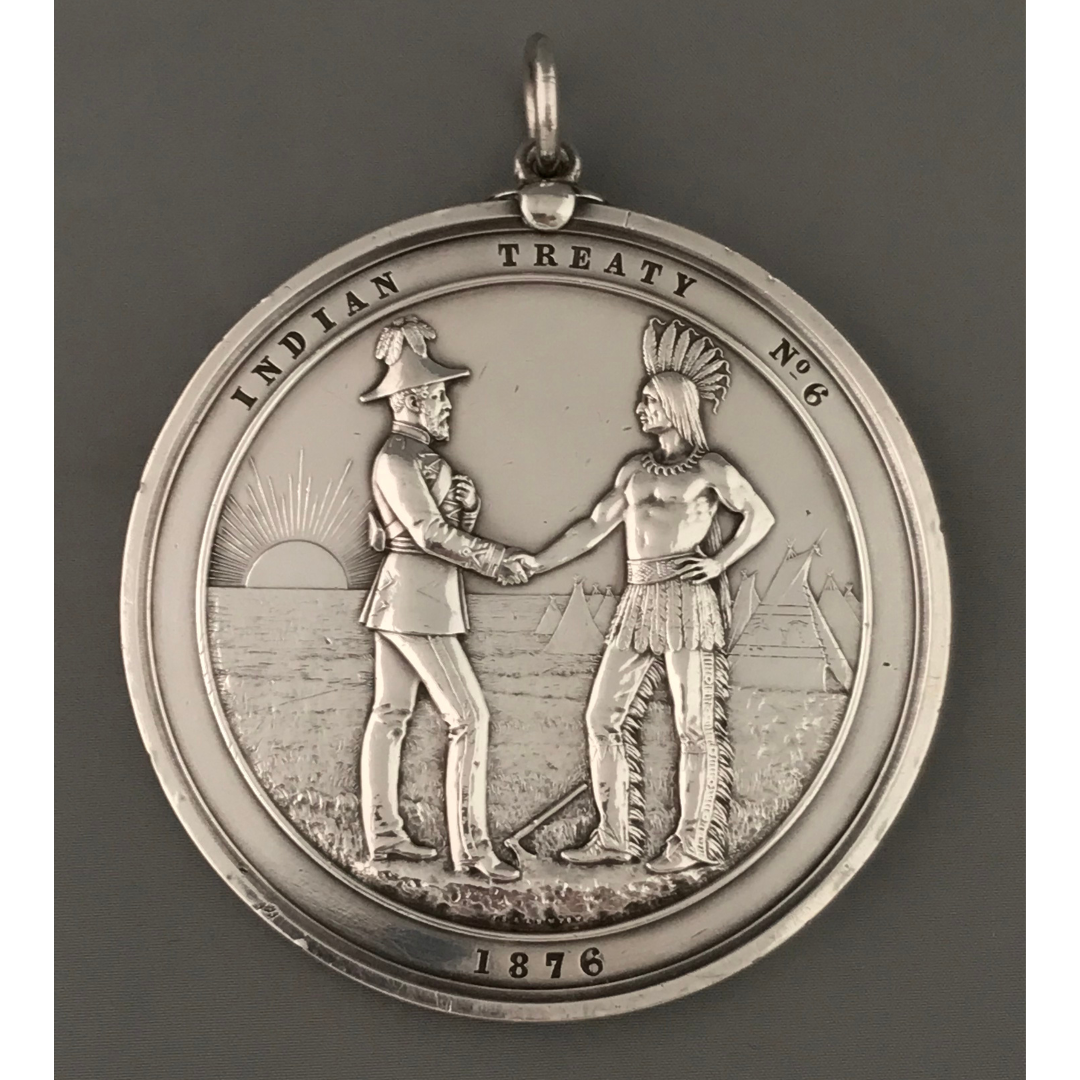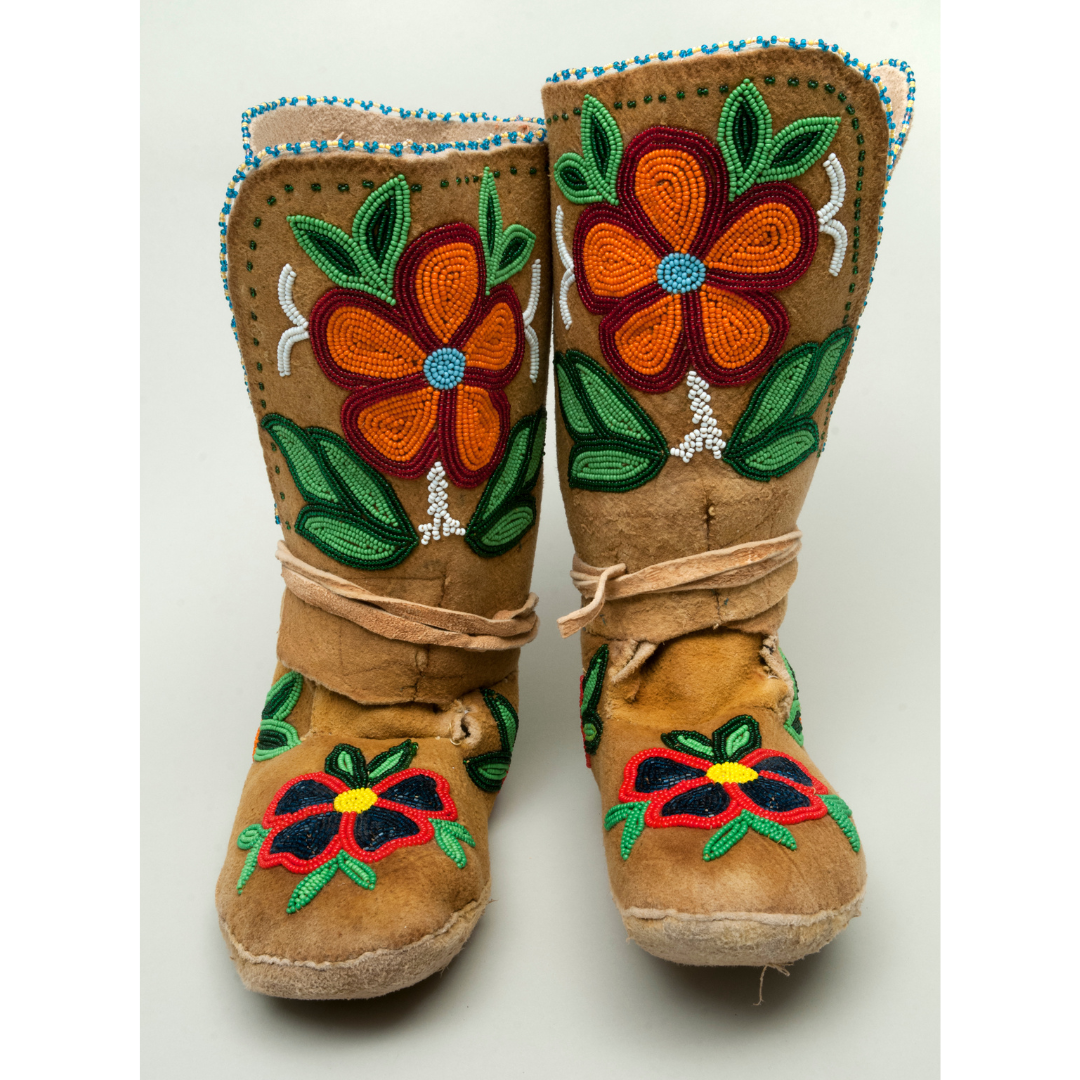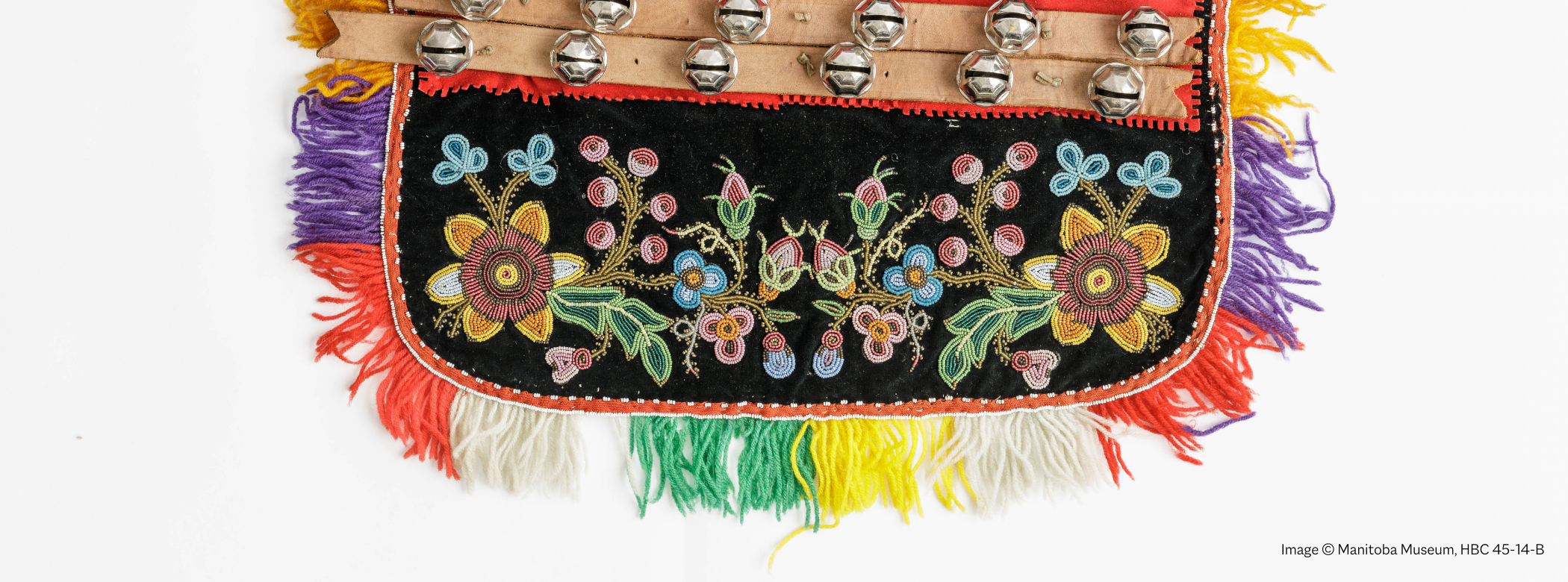Posted on: Monday January 13, 2025
Hello Manitoba Museum friends,
Happiest New Year. I wish you and your loved ones much joy in the year ahead.
I reflected over the winter holidays on the many changes we’ve made at the Museum in recent years. It’s been an intense and intentional period of transformation. In an organization’s life cycle, there are varying periods of operations; steady, growth, or decline. Occasionally, when an organization faces intense internal or external pressures, incremental changes aren’t enough. It must make an evolutionary leap. That’s what we’ve done at the Manitoba Museum over the last few years. We leapt. Our evolutionary leap has meant:
- Redefining our raison dêtre – reason for being,
- Recognizing, with gratitude and humility, that the ways in which we were operating no longer served our future,
- Renewing our vision and calling upon the courage needed to become something significantly different, and
- Releasing our grip on what was so that we could become a museum which not only honoured and continuously reexamined the past, but also one that would take meaningful actions to shape the future.
When an evolutionary leap takes place, the organization will either transform and realize a viable future, or it will miss the mark and face possible decline.
The Manitoba Museum bravely chose to change, work which will continue for many years to come. Thankfully, our efforts have been warmly welcomed by our communities, generously supported by donors, enjoyed by Members, and appreciated by partners, collaborators, and co-creators.
An important example of how we’ve changed is the implementation of a very important policy; the Indigenous Complimentary Admission Policy. Since actively promoting this policy in 2021 and working to strengthen our relationships with First Nations, Inuit, and Métis peoples, over 60,000 Indigenous visitors have come to the Manitoba Museum to connect and reconnect with their own heritages, histories, artifacts, and stories.
There is perhaps no stronger example of the impact of our efforts to exist in the service of our communities than these new and renewed relationships.
Why is complimentary admission for First Nations, Inuit, and Métis peoples important, you might ask?
I’d like to take a few minutes of your time to answer this question.
Indigenous Complimentary Admission at the Manitoba Museum
In alignment with the Truth and Reconciliation Commission (TRC) Calls to Action and the United Nations Declaration on the Rights of Indigenous Peoples (UNDRIP), the Manitoba Museum proudly offers complimentary admission to all First Nations, Inuit, and Métis visitors. This initiative reflects a deep commitment to reconciliation, cultural revitalization, and the reclamation of knowledge and language.
Reconciliation in Action
The TRC’s Calls to Action urge institutions across Canada to take meaningful steps toward healing and repairing relationships with First Nations, Inuit, and Métis peoples. For the Manitoba Museum, providing complimentary access is a tangible response to these calls, embodying the principles of respect, inclusivity, and acknowledgment of the profound contributions of Indigenous cultures and histories.
Similarly, UNDRIP emphasizes the rights of Indigenous peoples to maintain, develop, and share their cultural heritage. By opening its doors to Indigenous visitors at no cost, the Museum acknowledges its role in supporting these rights and creating an environment where Indigenous voices, stories, and traditions can flourish.

A Shared Commitment to Cultural Revitalization
The Manitoba Museum recognizes the unique relationship it holds with First Nations, Inuit, and Métis peoples. For generations, the Museum has been a repository of artifacts, stories, and histories that bear witness to the vibrant cultures and resilience of Indigenous communities. Indigenous Complimentary Admission strengthens this relationship by actively supporting the practice and revitalization of cultural traditions—past, present, and future. Moreover, complimentary access also acknowledges the Museum’s problematic role in colonialism. The forced removal of First Nations, Inuit, and Métis artifacts, knowledge, and stories in order to fill the collections vaults at museums globally has robbed Indigenous communities of their own cultures. The Manitoba Museum is in the process of conducting a thorough assessment of its collections to determine their provenance – the record of an object’s origins and ownership over time. Repatriation, rematriation, and complimentary access are all steps the Manitoba Museum is taking to right these historic wrongs.
Through access to exhibitions, programming, and educational resources, Indigenous visitors can engage with artifacts and narratives that resonate with their heritage. This access facilitates the transmission of Indigenous histories, languages, oral traditions, ceremonies, technologies, skills, philosophies, writing systems, and literature to current and future generations.
Image: This Treaty No. 6 Medal, first presented to Chief Red Pheasant on Aug. 28, 1876, came to the attention of the Manitoba Museum’s former curator, Katherine Pettipas, in 2002. The medal was acquired by the Museum in 1994 as part of a large donation of over 25,000 artifacts in the Hudson’s Bay Company Museum Collection. Records and oral history indicate that in 1885 an Indian Agent removed it from the possession of Chief Red Pheasant. Pettipas contacted Red Pheasant Cree Nation to initiate the repatriation of the medal to the Community, and in July 2019 Red Pheasant Chief and Council formally requested the repatriation of the medal. Director of Research and Collections, Seema Hollenberg worked with Chief Clint Wuttunee and the Band Council to returned to Red Pheasant Cree Nation, which occurred at Treaty Days on July 3, 2019.
An Anti-Colonial Stance
Providing complimentary admission to Indigenous visitors is more than a policy; it is a conscious anti-colonial act. By challenging barriers to access and welcoming inclusivity, the Museum rejects colonial practices that have historically excluded or marginalized First Nations, Inuit, and Métis communities. Instead, it creates opportunities for empowerment and self-determination, affirming the centrality of Indigenous perspectives in understanding Manitoba’s shared history.

Honouring the Past, Inspiring the Future
The Manitoba Museum’s commitment to Indigenous Complimentary Admission is a step forward in its ongoing journey of reconciliation and partnership with First Nations, Inuit, and Métis peoples. It reflects a profound respect for the past and a dedication to inspiring discovery, learning, and connection for generations to come.
This initiative underscores the Museum’s belief in the transformative power of knowledge and the importance of sharing stories that shape our collective identity. By welcoming Indigenous visitors into its spaces, the Museum honours the rich tapestry of cultures and histories that define Manitoba and reaffirms its pledge to uphold the values of reconciliation and respect.
Removing Barriers to Connection
It is vital that the Manitoba Museum continues to remove any and all barriers faced by First Nations, Inuit, and Métis peoples in reconnecting with and experiencing their own cultures and histories. As an institution founded on colonial principles, the Museum acknowledges the need for definitive and direct action to change this reality. The Museum also recognizes that many artifacts held within its collection were not always acquired freely, fairly, or with proper compensation. Coercion, oppression, and systemically imposed policies resulting in poverty forced the hands of many First Nations, Inuit, and Métis peoples to engage in trade and commercial relationships that exploited them.
Image © Manitoba Museum, H4-2-527
We cannot change the past, but we are responsible for changing the future. By providing accessible opportunities for cultural engagement and education, the Museum takes responsibility for its role in shaping a more inclusive and equitable future for all.
Thank you for your support as we undertake this important work.
Sincerely,

Dorota Blumczyńska
Manitoba Museum CEO
Is the Manitoba Museum an independent organization?
Yes, the Manitoba Museum is an independent legal entity guided by its mandate, mission, vision, and values in its service to Manitobans. Unlike many museums in other provinces across Canada, the Manitoba Museum is not an arm of the government, nor a department or crown corporation.
The Manitoba Museum is a not-for-profit organization with charitable status. It is governed by a Board of sixteen volunteers who set the organization’s strategic priorities, approve Board policies and procedures, and provide judicious oversight of the Museum’s resources. The Museum is led by CEO Dorota Blumczyńska, who determines day-to-day operations including the implementation of the Complimentary Admissions Policy.



